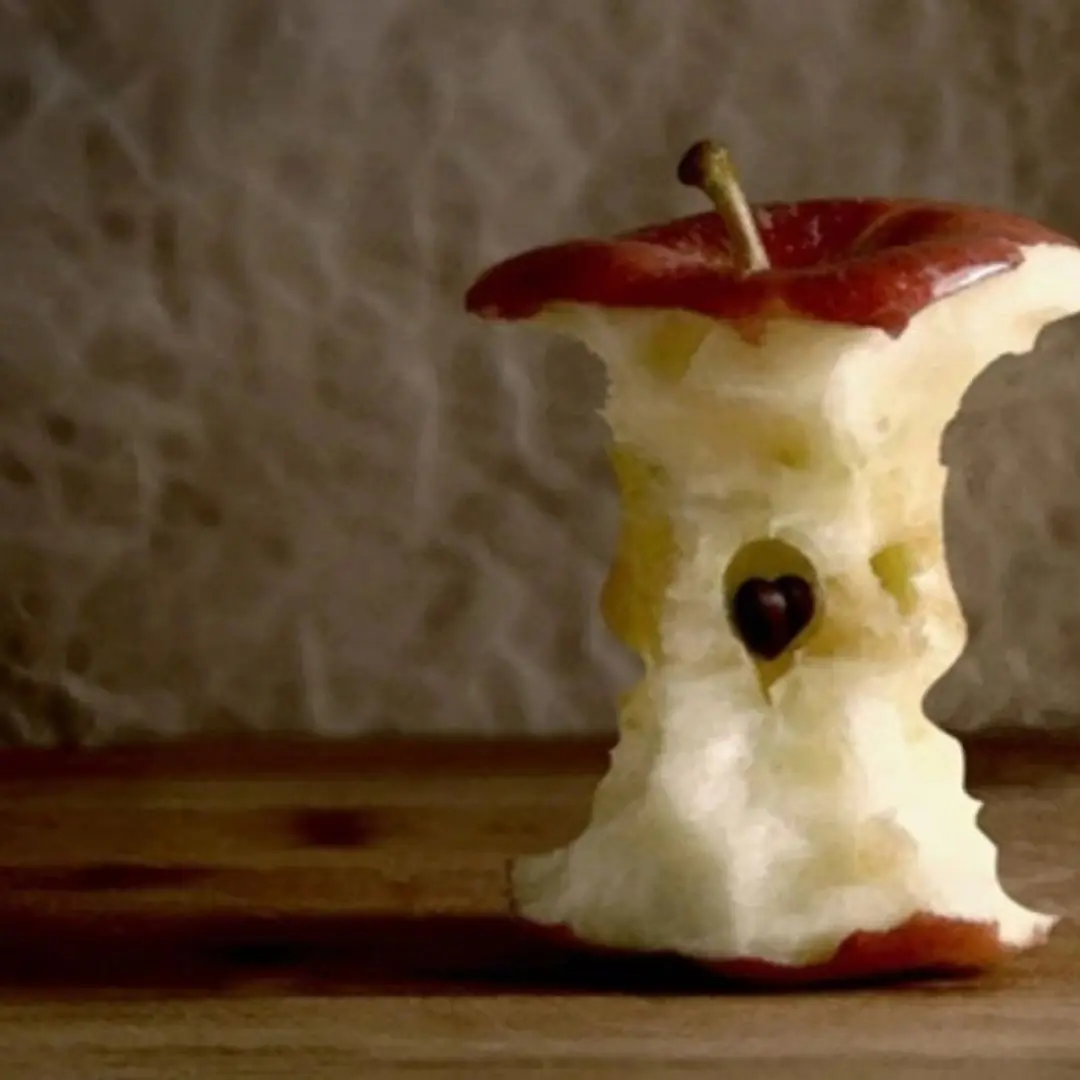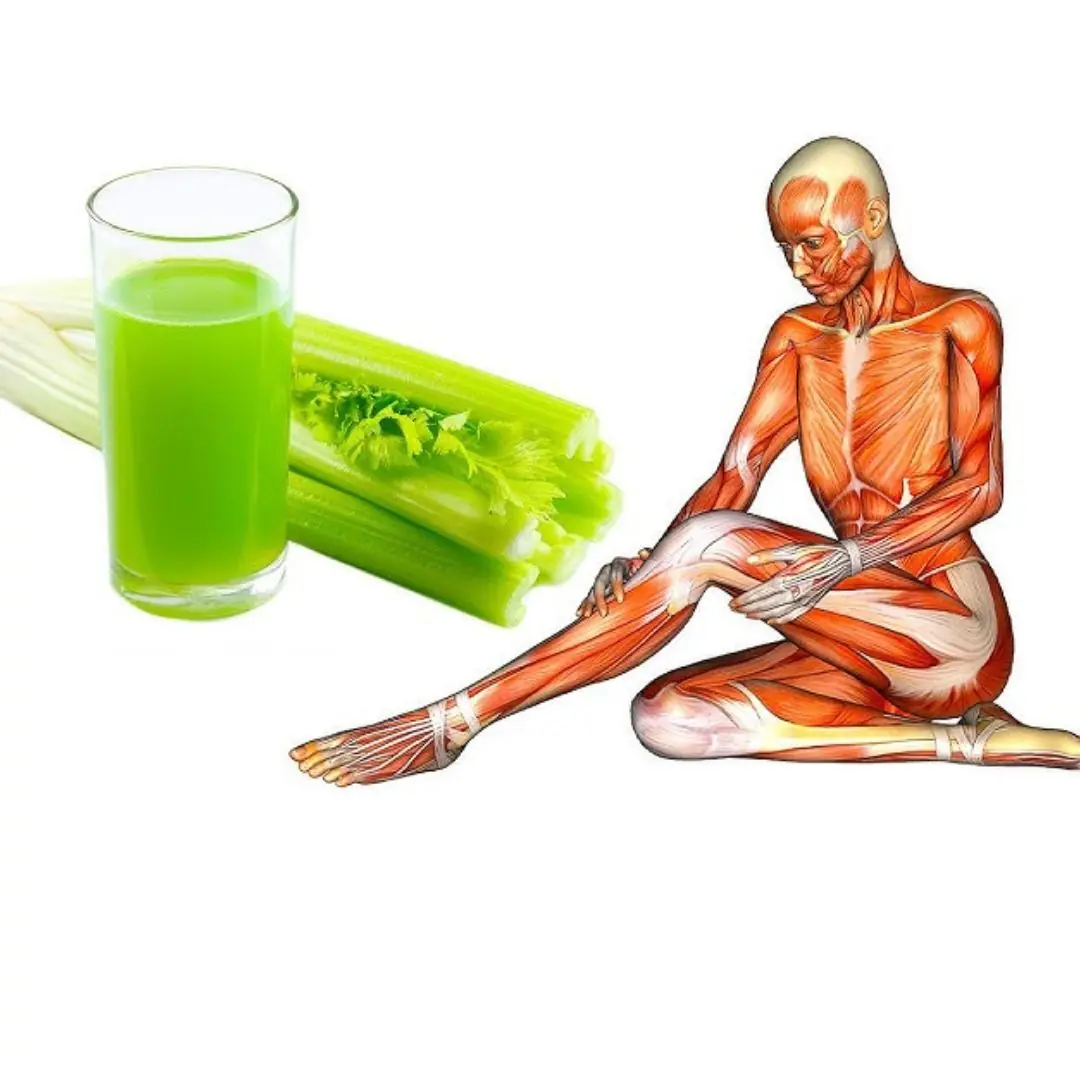
4 Common Mistakes When Eating Seafood That Could Land You in the Hospital
Delicious but Dang.erous: Doctors Warn of 4 Common Mistakes When Eating Seafood That Could Land You in the Hospital
Creamy oysters, melt-in-your-mouth salmon… Seafood has long been a favorite delicacy for many. But behind that irresistible appeal lies a hidden risk of food poisoning if not properly stored or prepared.
Below are important warnings and recommendations from medical experts to help consumers avoid unfortunate health risks from these gifts of the sea.
Many Types of Seafood Can Cause Poisoning
According to infectious disease specialists, some types of seafood may appear fresh and appetizing but actually contain toxins or dangerous bacteria:
-
Shellfish (such as oysters, mussels, scallops, clams, etc.) can accumulate toxins by consuming harmful algae in polluted water, especially during events like “red tides.” Alarmingly, these toxins do not break down during cooking and cannot be detected by smell or color.
-
Eating raw oysters or other bivalves increases the risk of contracting viruses like Hepatitis A, Norovirus, or Vibrio vulnificus — bacteria that can cause severe liver infections or even sepsis.
-
Dead shrimp or crabs that are not promptly refrigerated can become breeding grounds for bacteria — especially Vibrio parahaemolyticus, which multiplies quickly at around 35°C and can cause food poisoning within hours.
-
Certain fish, including tuna, mackerel, and mackerel scad, can produce histamine if not kept cold properly. This compound can trigger allergic reactions, skin flushing, headaches, rapid heartbeat, and in some cases, anaphylactic shock — a condition that doesn’t respond to regular allergy medications.
Signs of Seafood Poisoning
Symptoms may appear within 4 to 24 hours after consumption and include:
-
Intense vomiting
-
Watery diarrhea
-
Abdominal cramps
If the affected person experiences persistent diarrhea (more than 3 times per hour), no urination, seizures, confusion, or low blood pressure, they should be taken to a medical facility immediately.
The Three Golden Rules to Prevent Seafood Poisoning
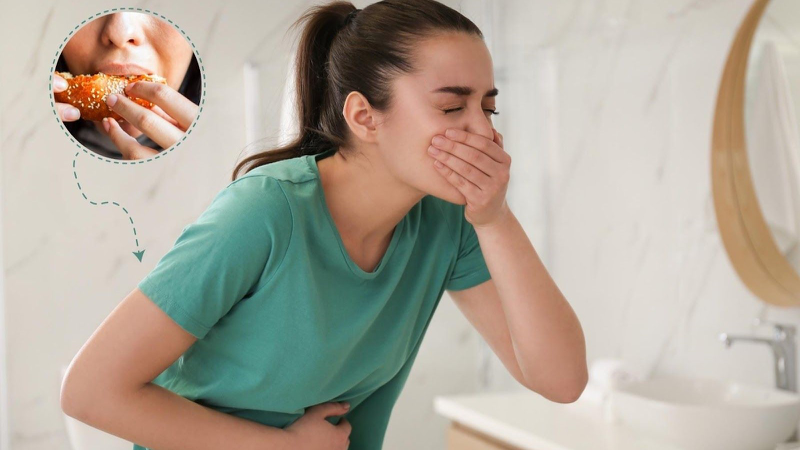
1. Buy Seafood from Trusted Sources
Purchase from supermarkets or markets with certified inspections. Always look for quarantine or safety stamps. Avoid green mussels or any seafood of unclear origin, especially during red tide warnings.
2. Store Properly
Dead shrimp or crabs should be frozen within 15 minutes. For large seafood, divide into smaller portions to prevent repeated thawing, which increases contamination risks.
3. Cook Thoroughly
When steaming oysters, wait until the water boils and then steam for at least 4 more minutes. Do not reuse shellfish cooking water, as toxins may dissolve into it.
In short: Seafood is a delight — but only when handled safely. Following these precautions can help you enjoy your favorite dishes without risking your health.
News in the same category

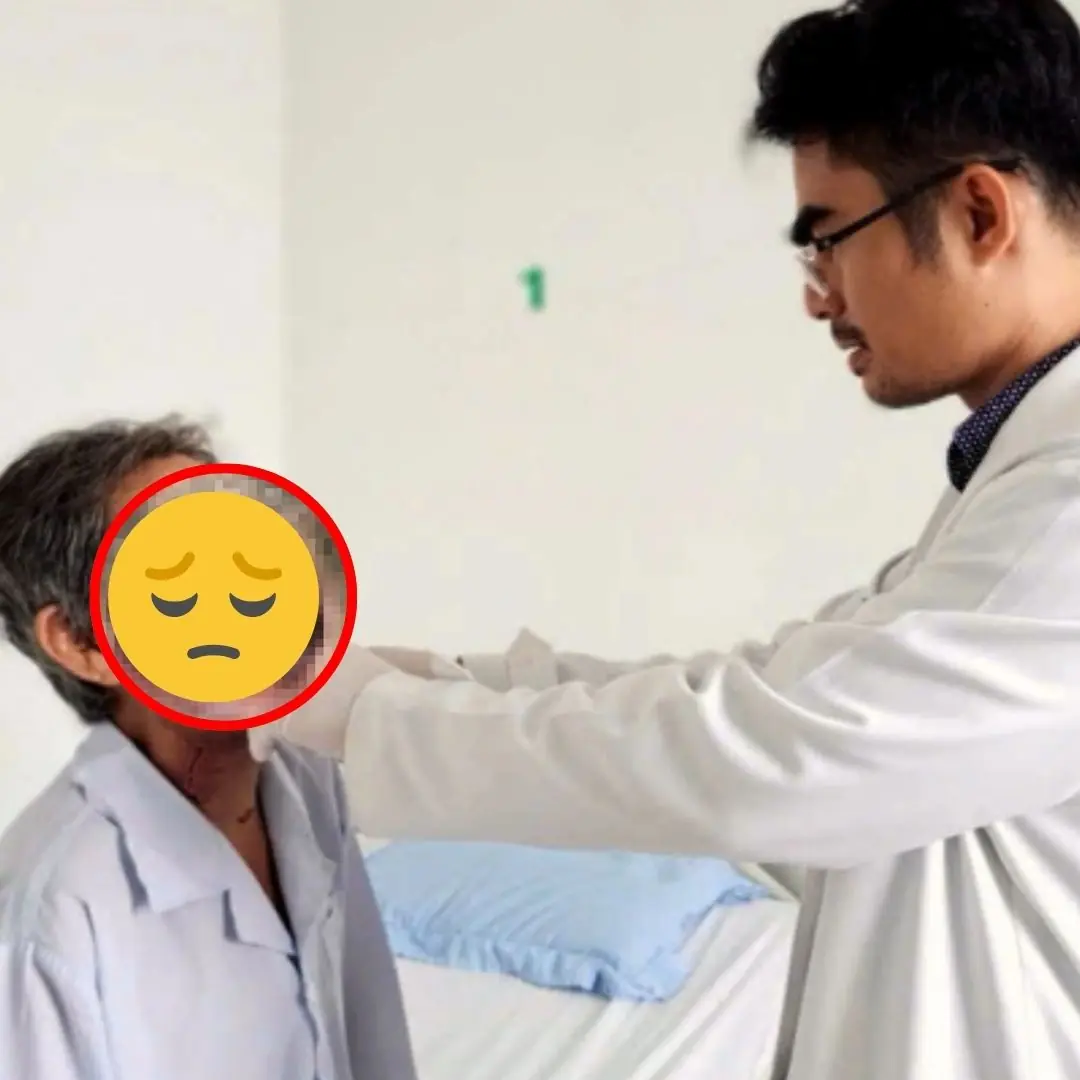
He Ignored the Signs, Thinking It Was a Ca.n.ker Sor.e—Now His T.o.n.gue Is Gone!
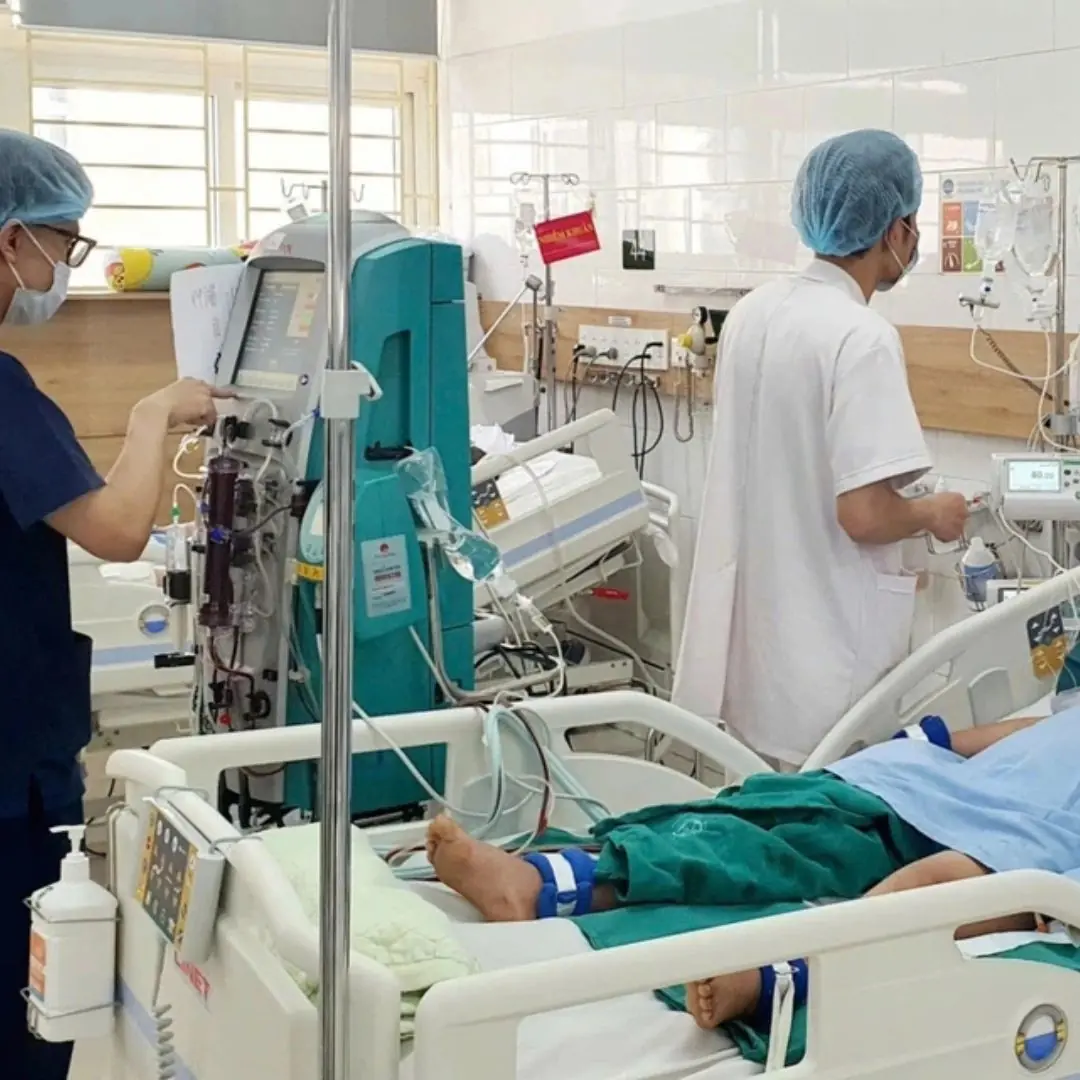
Couple suffers heart and liver d.a.m.age... after eating white mushrooms

Health Warning! Peeing in the shower can severely harm your bladder and pelvic health
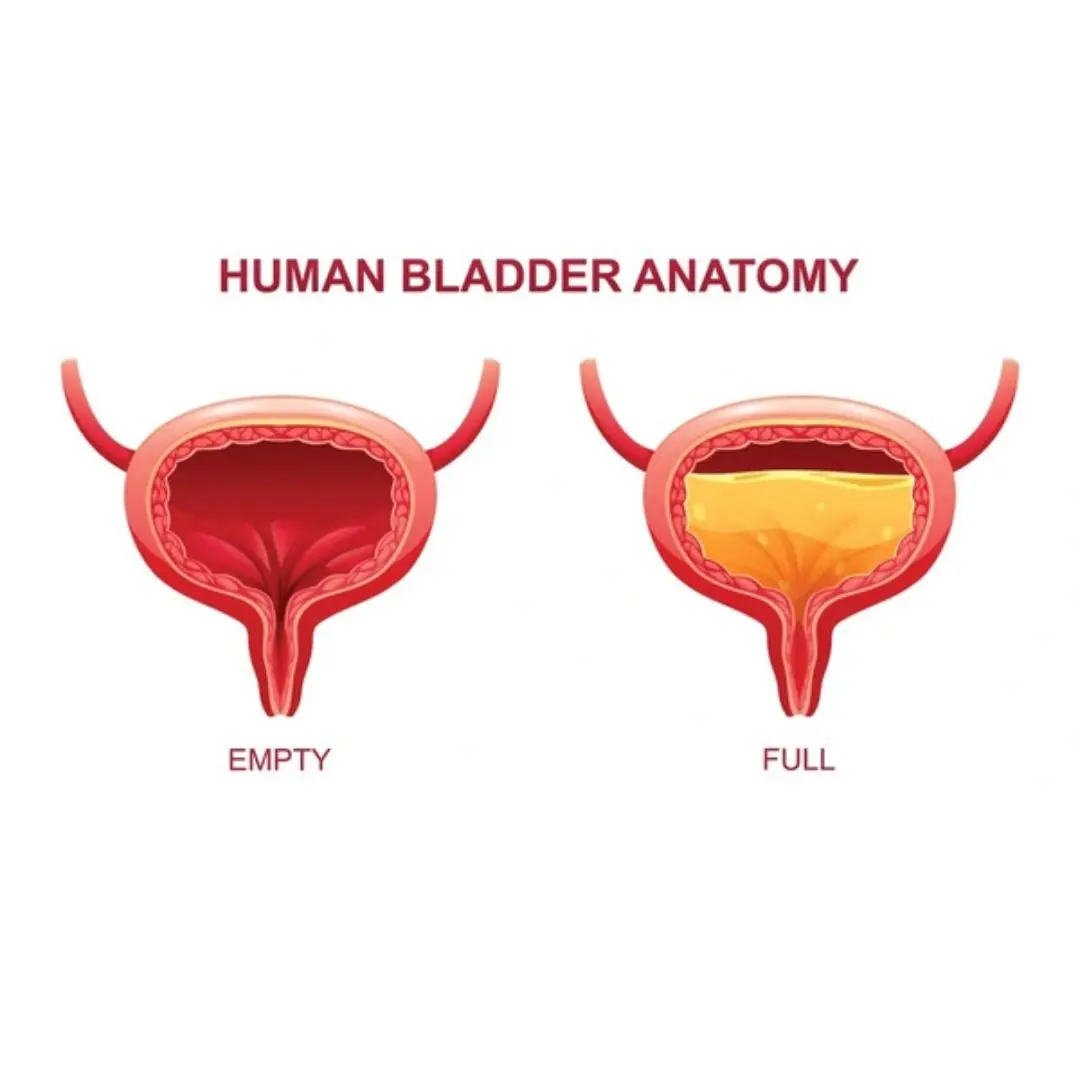
Top 7 Foods To Protect Your Bladder — Plus 7 You’d Better Avoid
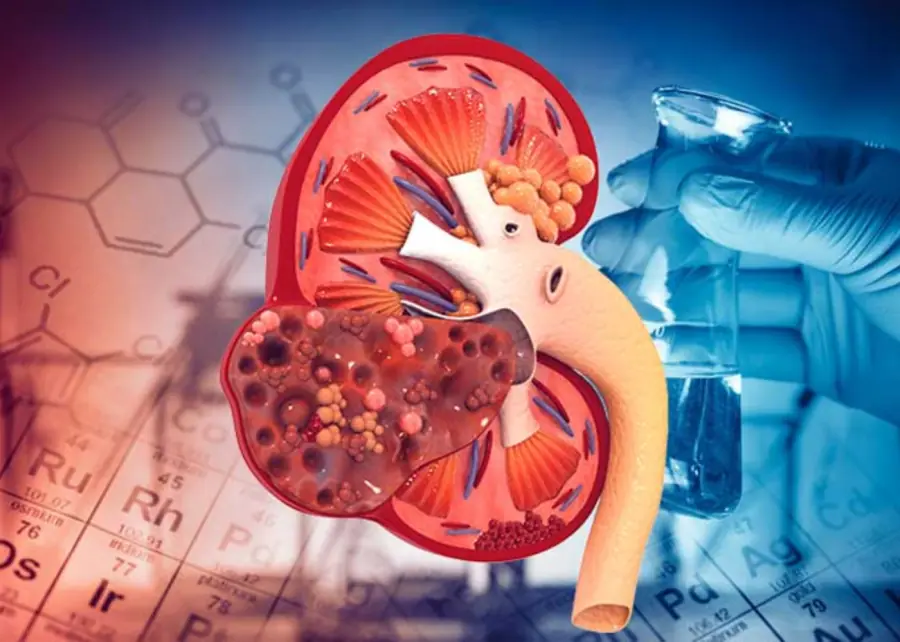
From a 22-Year-Old's End-Stage Kid.ney Failure: A Wake-Up Call from Your Body’s Warning Signs
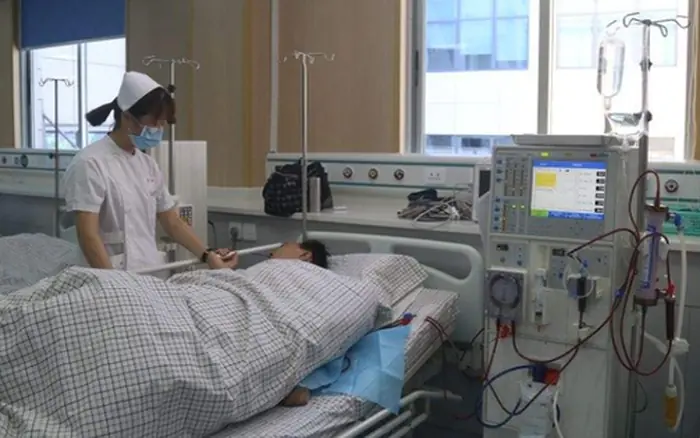
Drinking Plain Water Is Healthier Than Eating These 3 Foods in Summer
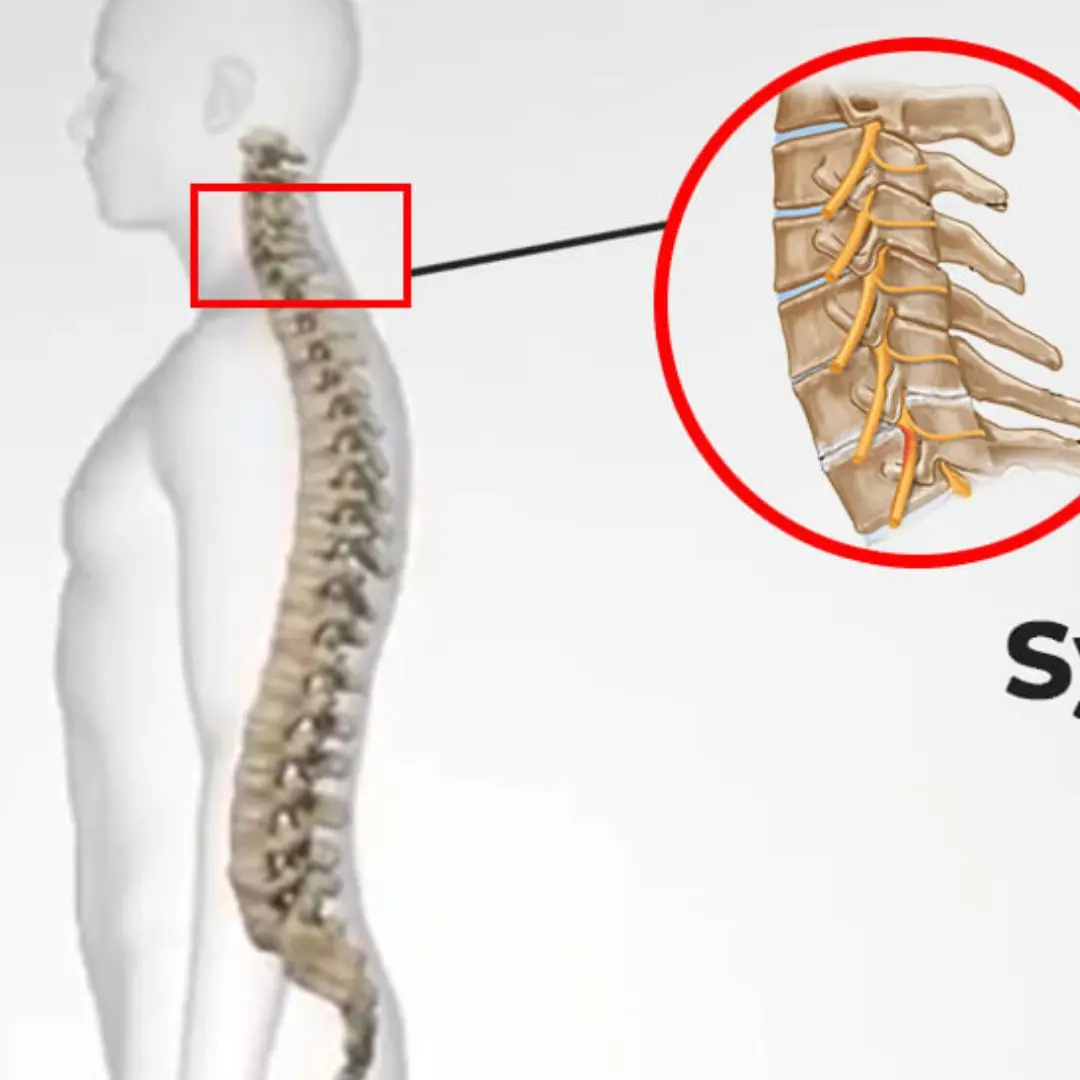
Cervical Spondylosis — A Common Cause of Neck P.a.in
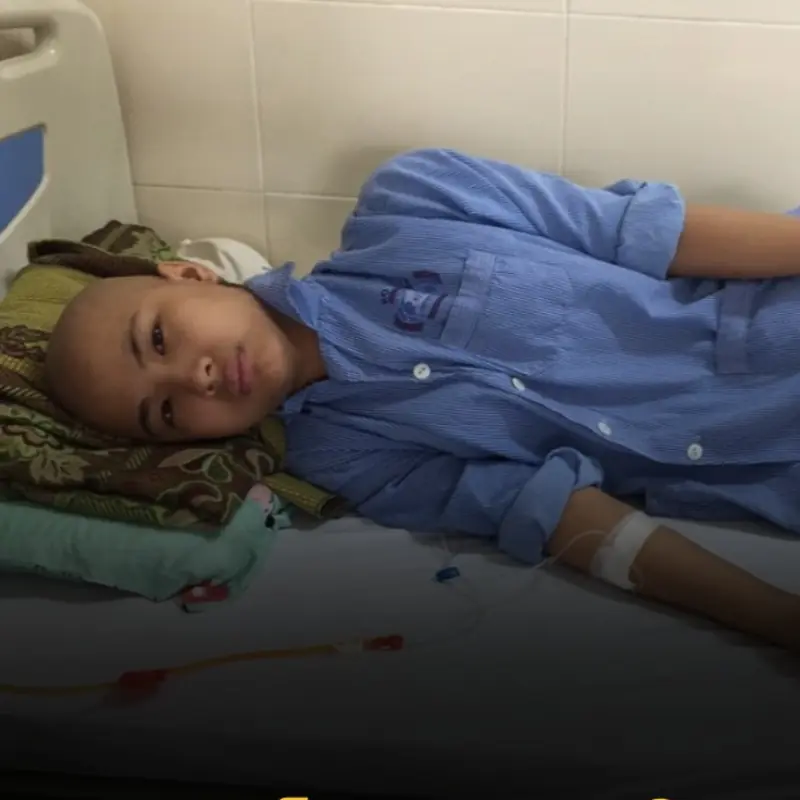
Stage 4 Can.cer at Age 28: Ignoring 3 Warning Signs Almost Cost Her Life
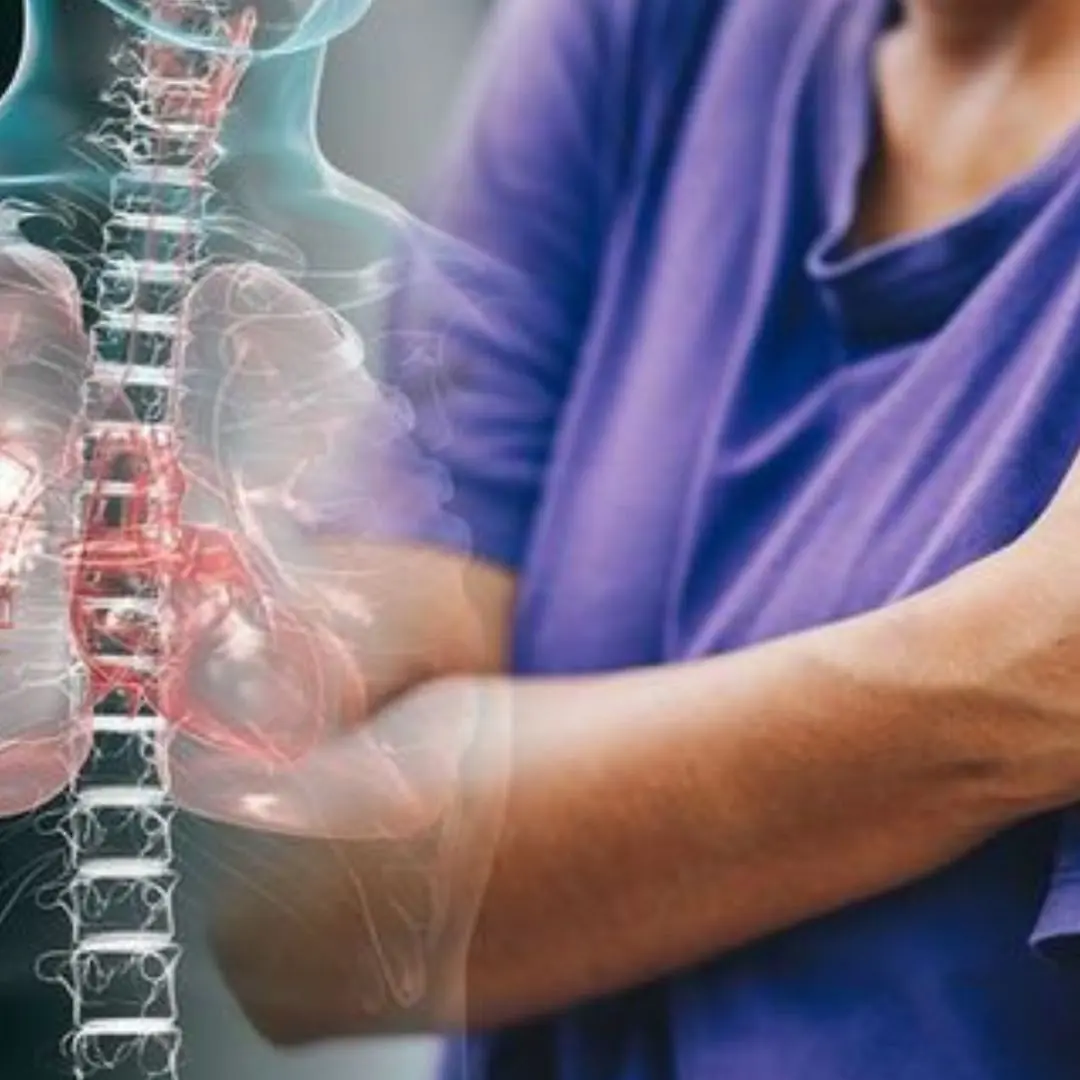
Caught Early, Treated Better: 5 Warning Signs of Lung Cancer You Must Know
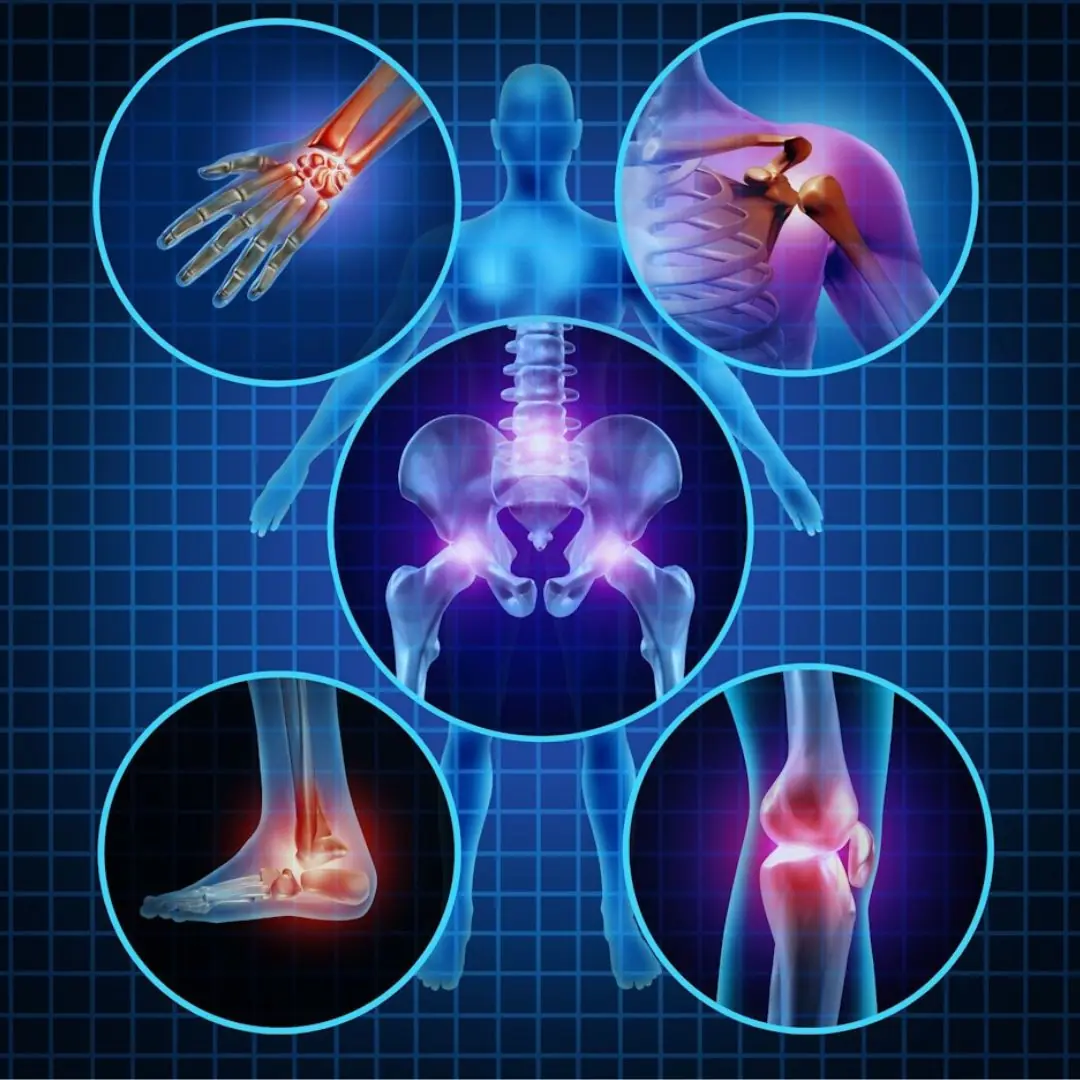
7 Kinds of Pain That Shouldn't Be Ignored
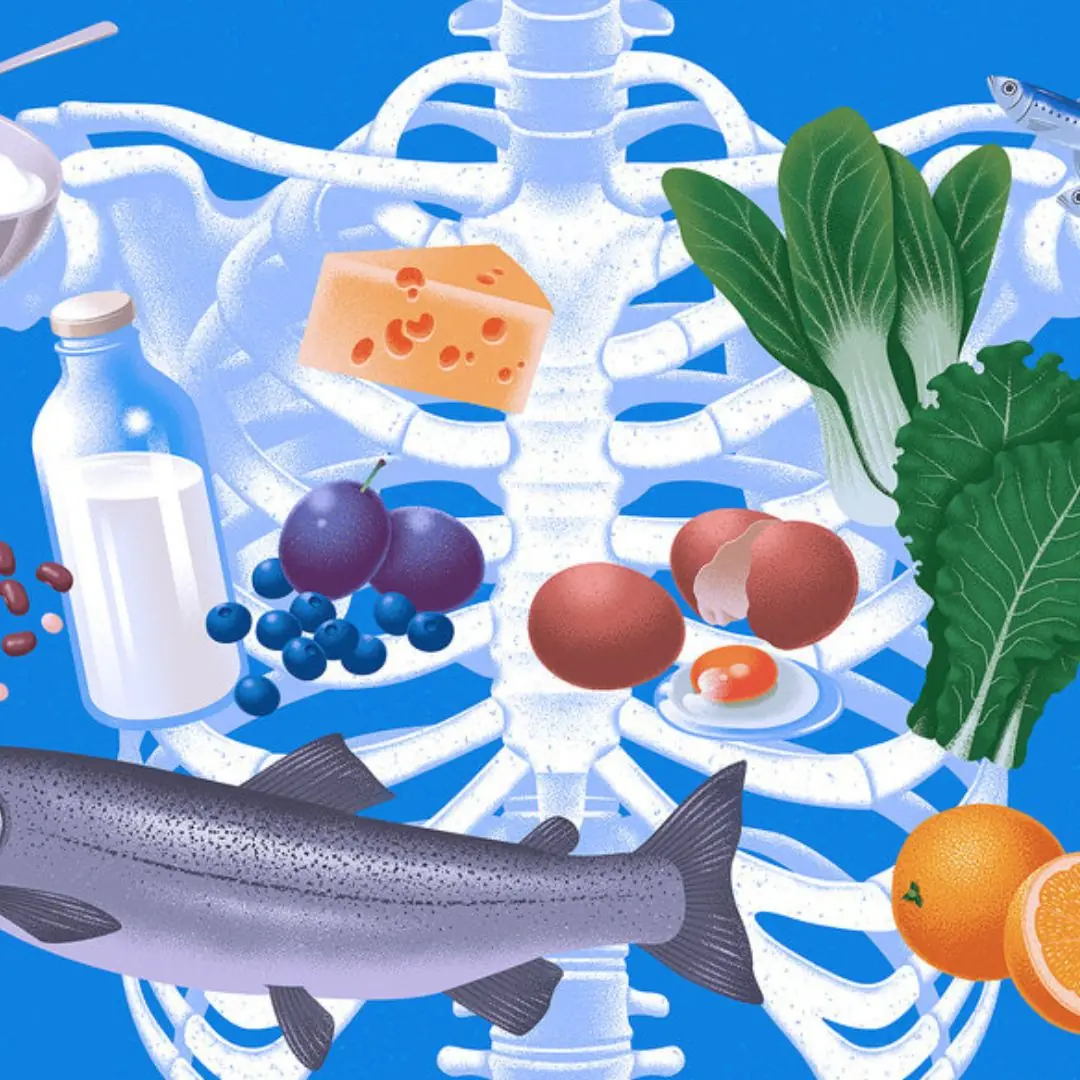
Know About 6 Super-Foods For Osteporosis
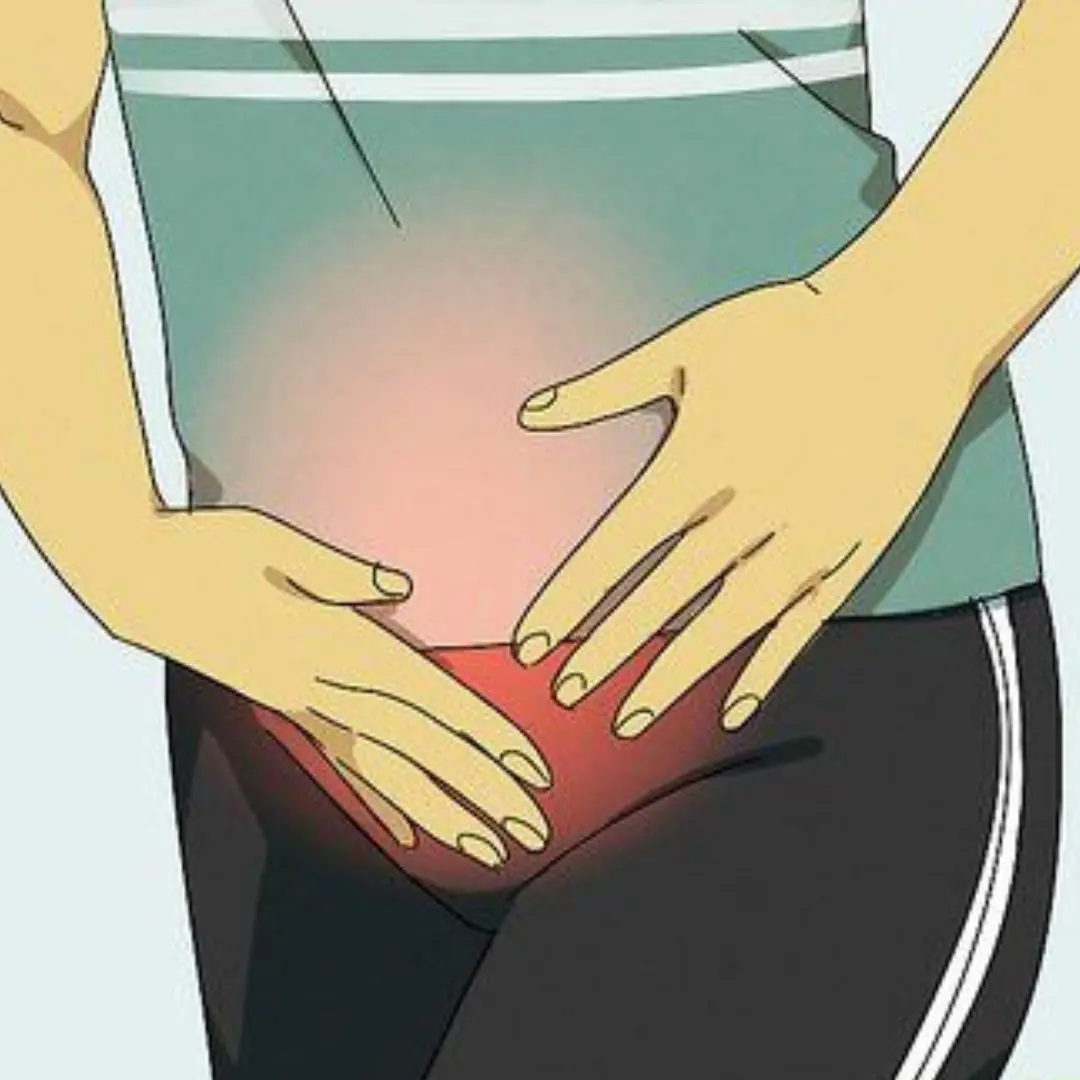
Why your va.g.ina smells like fish and how to solve it

Eating One Banana a Day Provides 5 Surprising Health Benefits
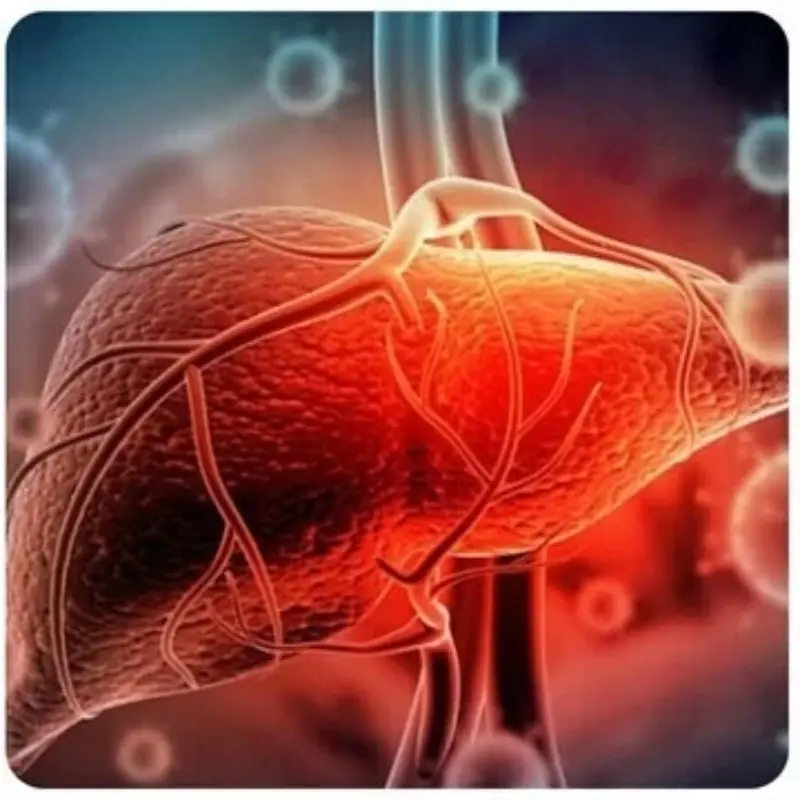
Don’t Ignore These 2 Warning Spots
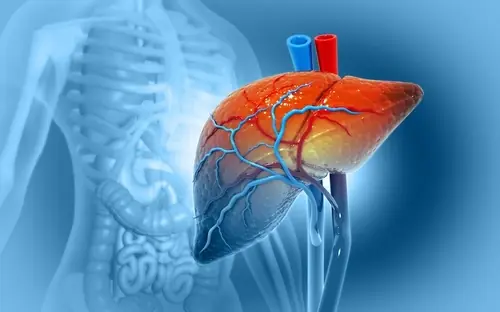
If you wake up in the morning and see your body has these 2 characteristics, be careful, your liver is on the "brink" of failure

Doctors nod in approval: 5 cheap but extremely "high-quality" drinks in preventing stroke
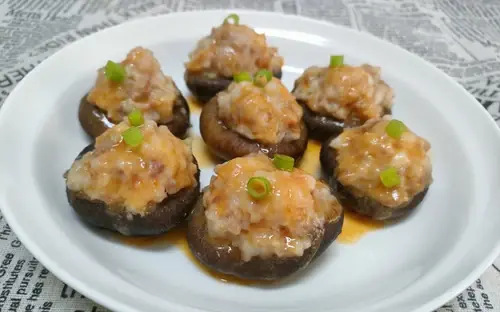
A common mushroom turns out to be the "queen of immunity", rich in 18 types of amino acids and can prevent many diseases
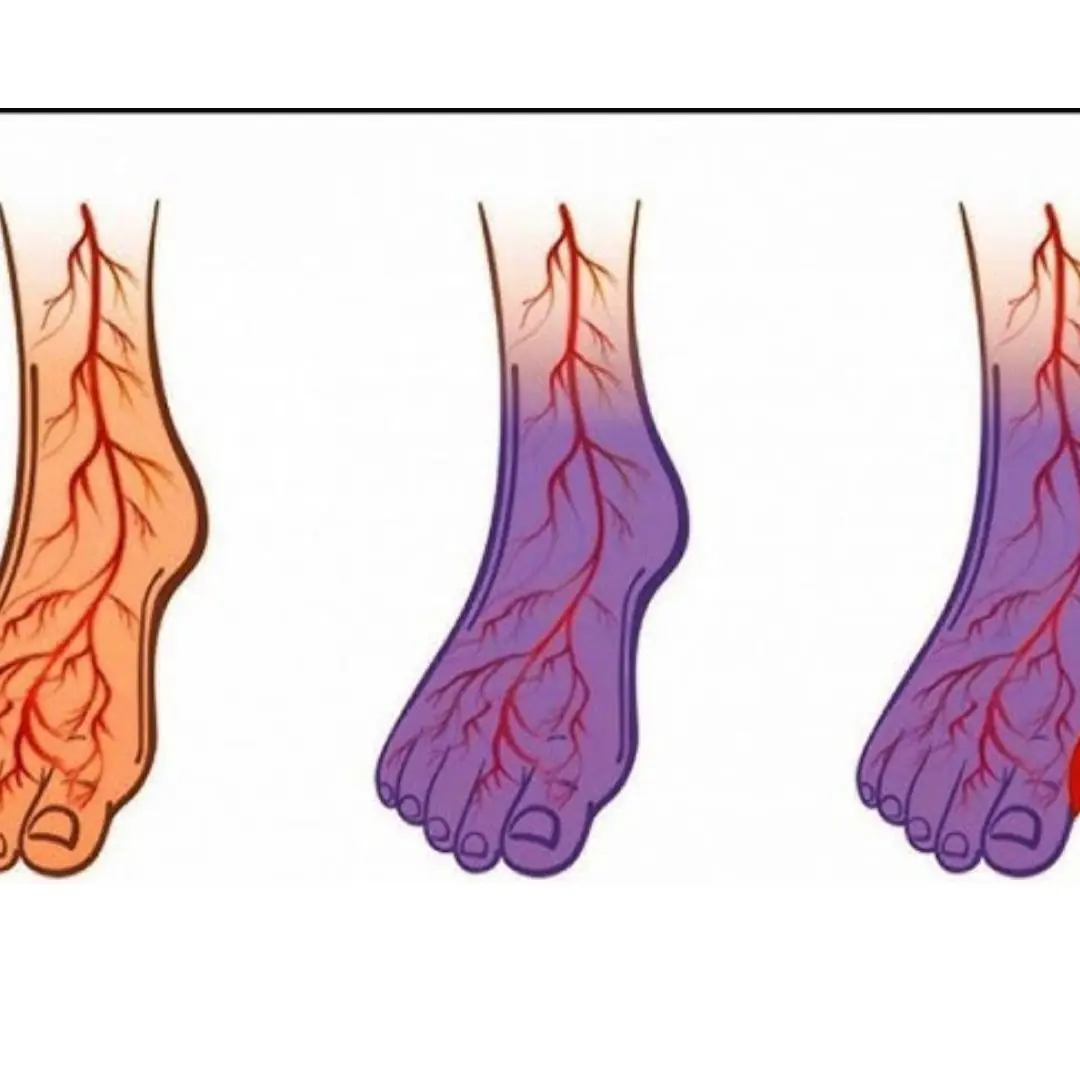
5 Things That Put You at Greater Risk for Developing Varicose Veins
News Post
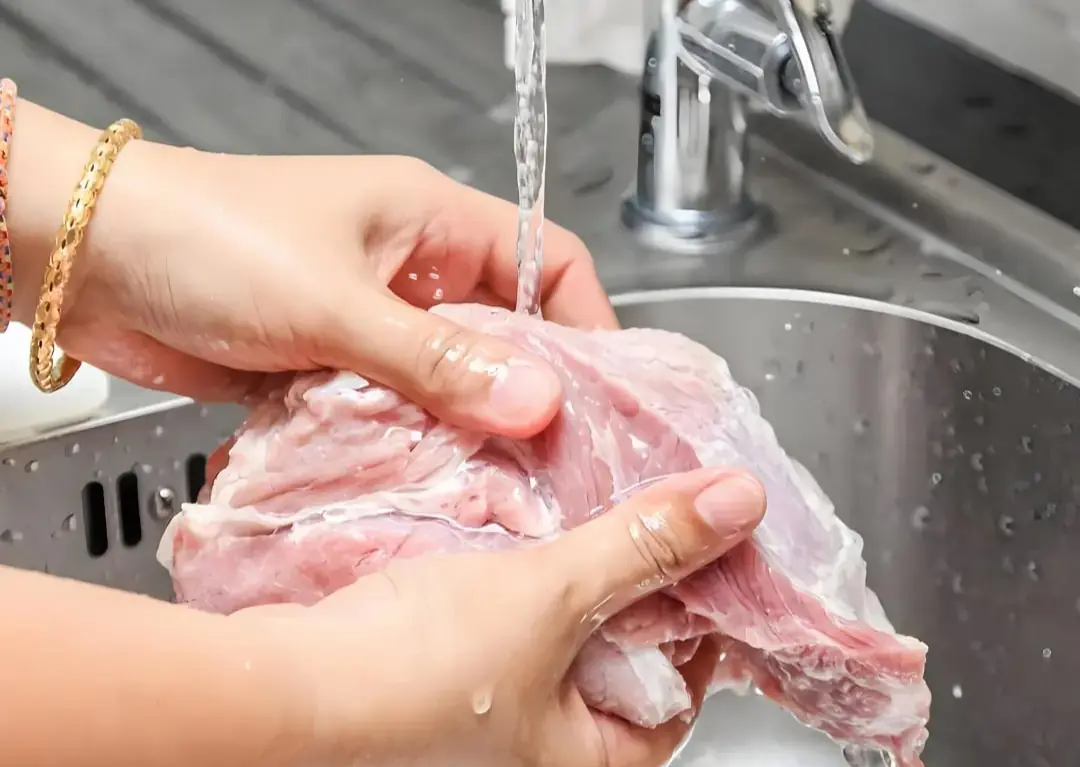
9 “Clean” Habits That Are Actually Super Unhygienic

Boost Hydration and Fight Free Radicals: Enjoy a Daily Glass of Celery Juice

He Ignored the Signs, Thinking It Was a Ca.n.ker Sor.e—Now His T.o.n.gue Is Gone!

Couple suffers heart and liver d.a.m.age... after eating white mushrooms
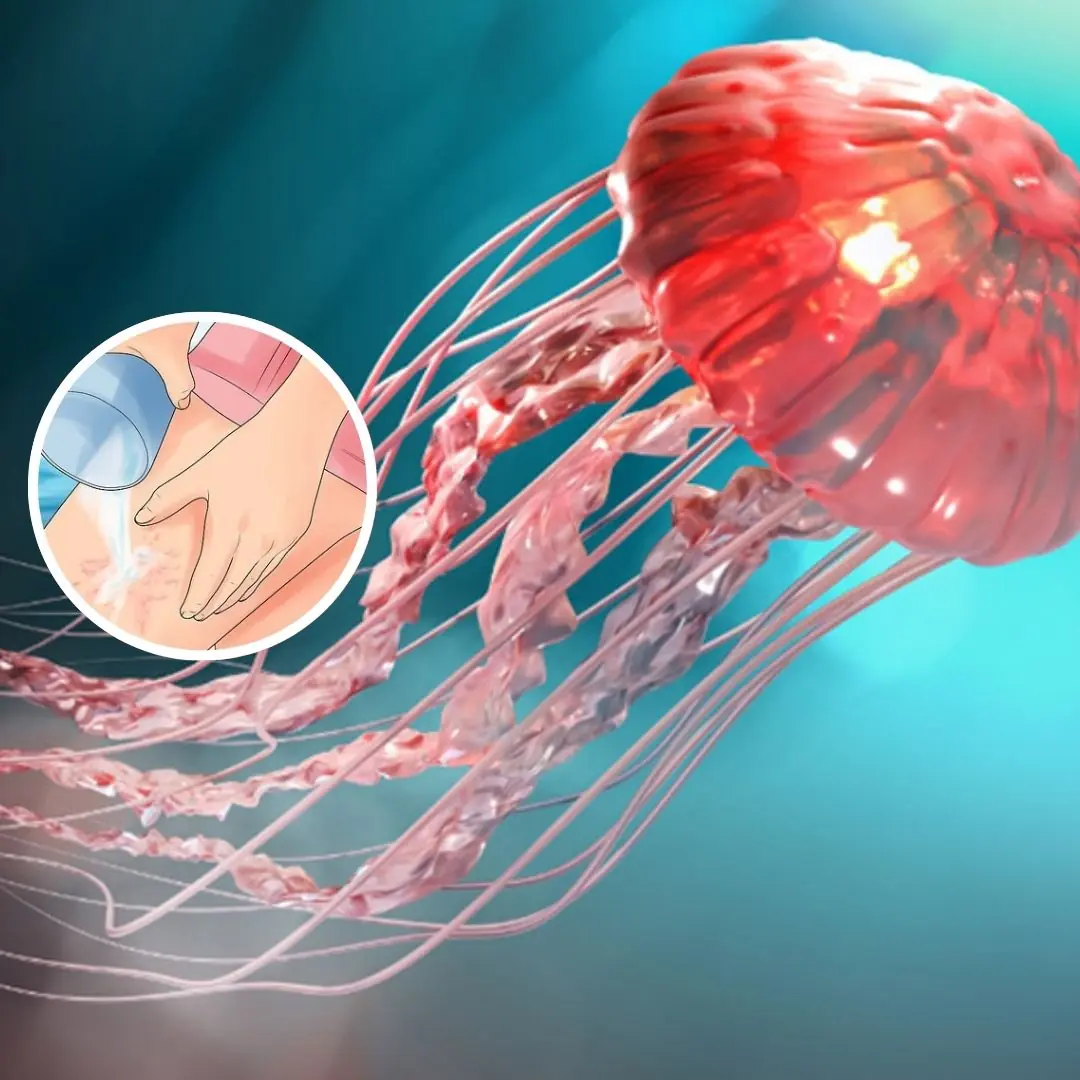
First Aid for Jellyfish Stings: What Science Says You Should (and Shouldn’t) Do
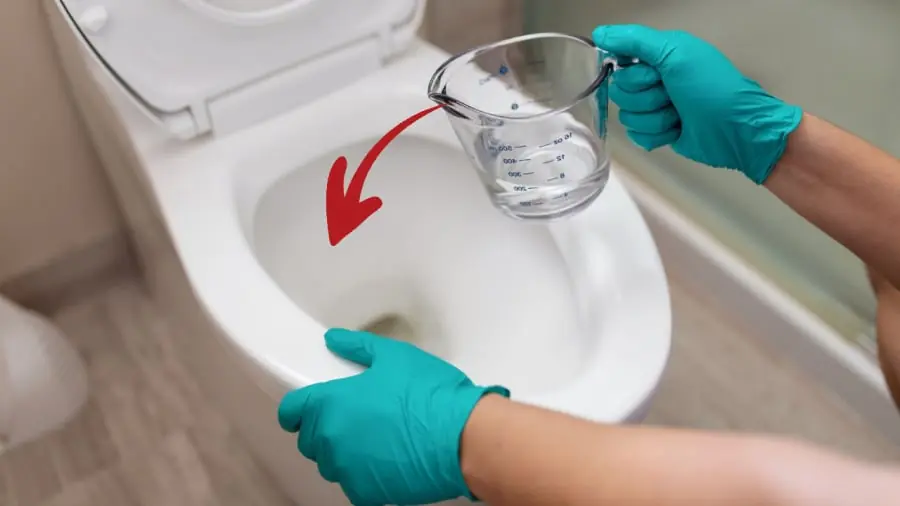
Pouring Hot Vinegar Into the Toilet May Seem Wasteful

Health Warning! Peeing in the shower can severely harm your bladder and pelvic health
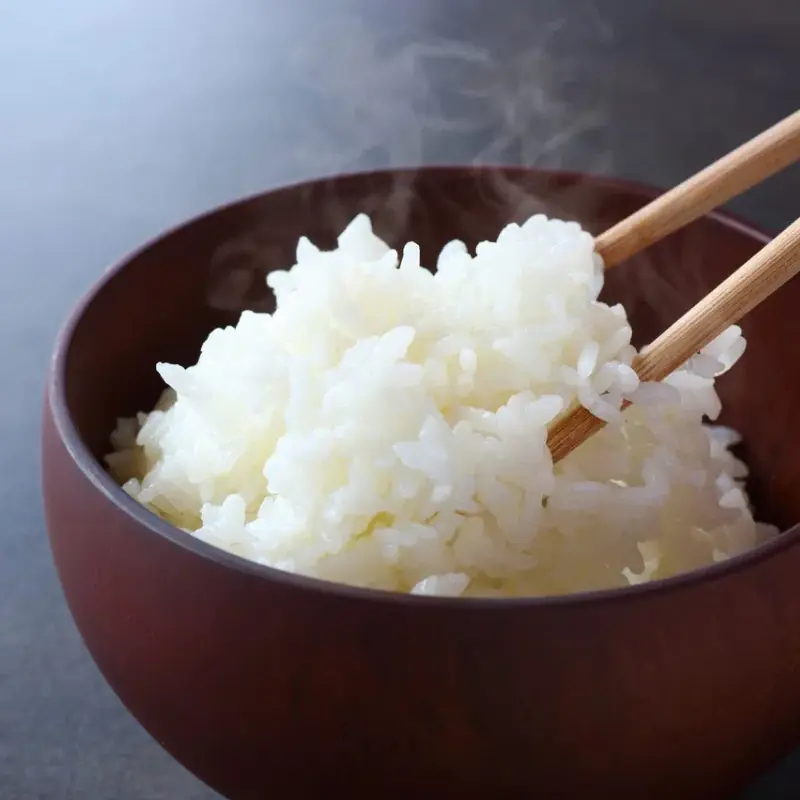
Experts Reveal: The Real Carb Bomb Isn’t White Rice

Top 7 Foods To Protect Your Bladder — Plus 7 You’d Better Avoid
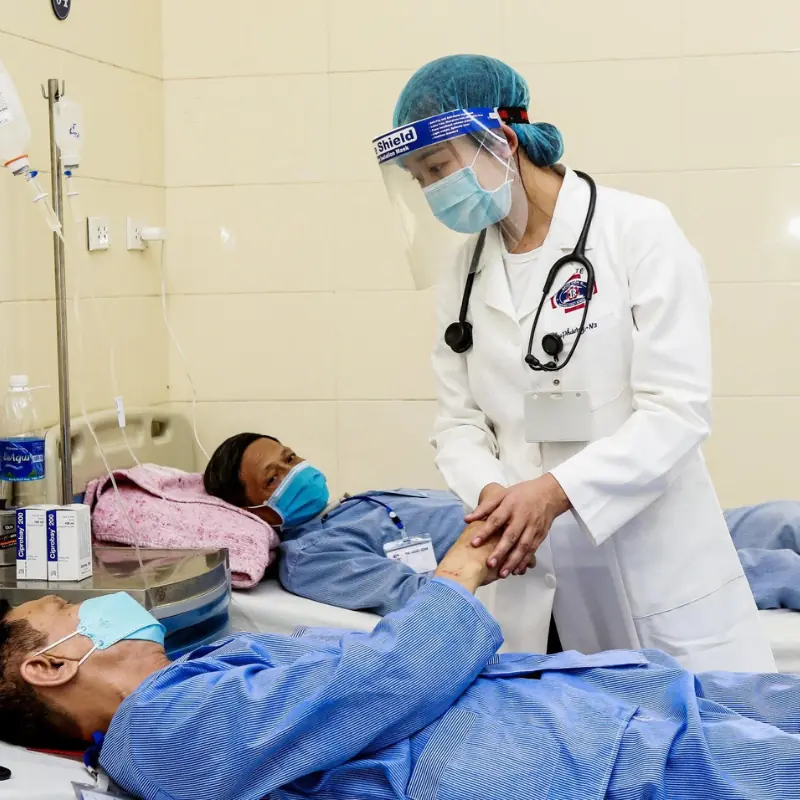
Helped Uncle Treat Can.cer but Received a Mysterious Bag in Return

Woman drank 8 limes daily to detox—paid the price for trusting social media advice

Is Eating Soft-Boiled Eggs More Beneficial Than Fully Cooked Eggs?

From a 22-Year-Old's End-Stage Kid.ney Failure: A Wake-Up Call from Your Body’s Warning Signs

10 Juicing Mistakes to Avoid at Home: Boost Your Health the Right Way
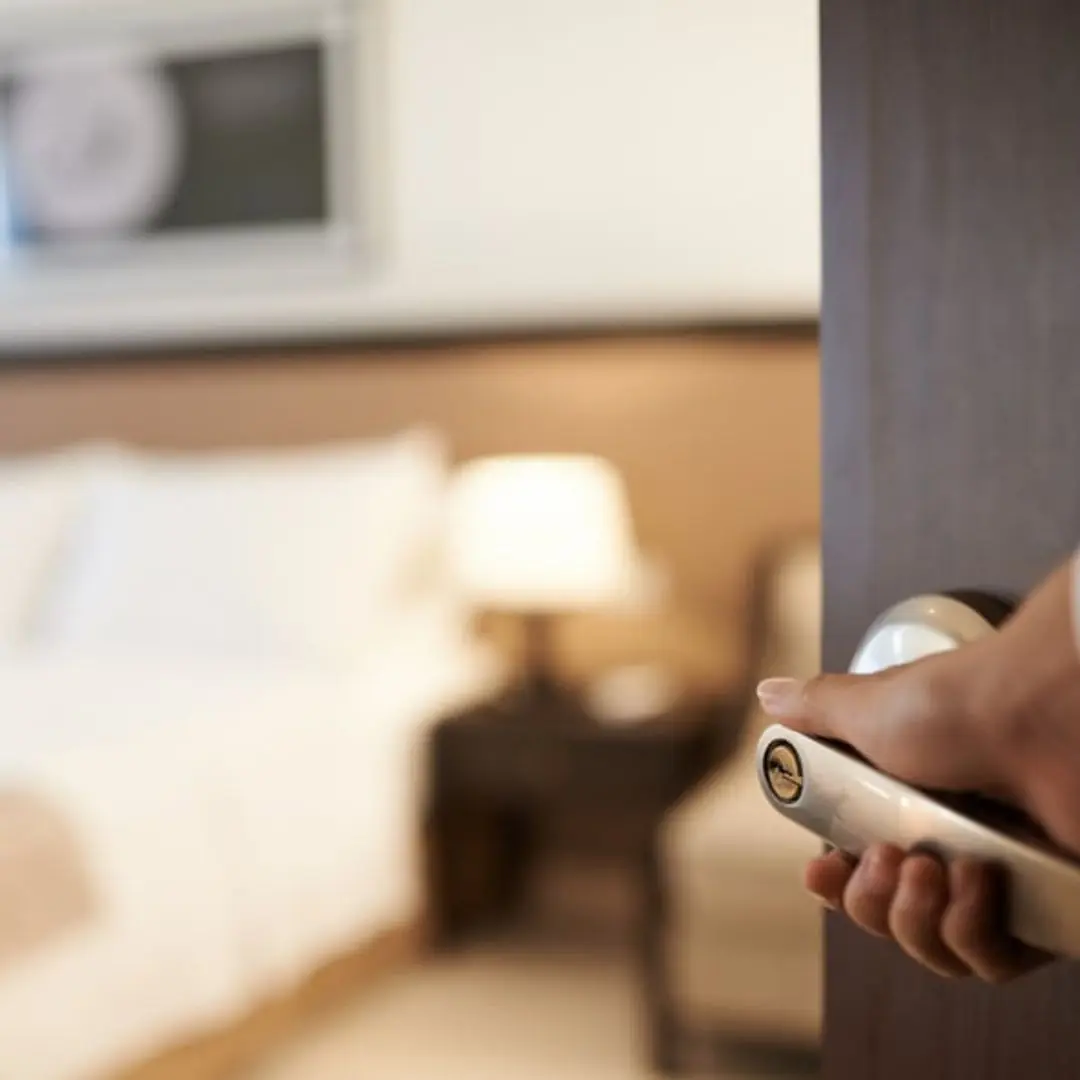
Why do hotels usually let guests check in at 2pm and check out at 12pm?
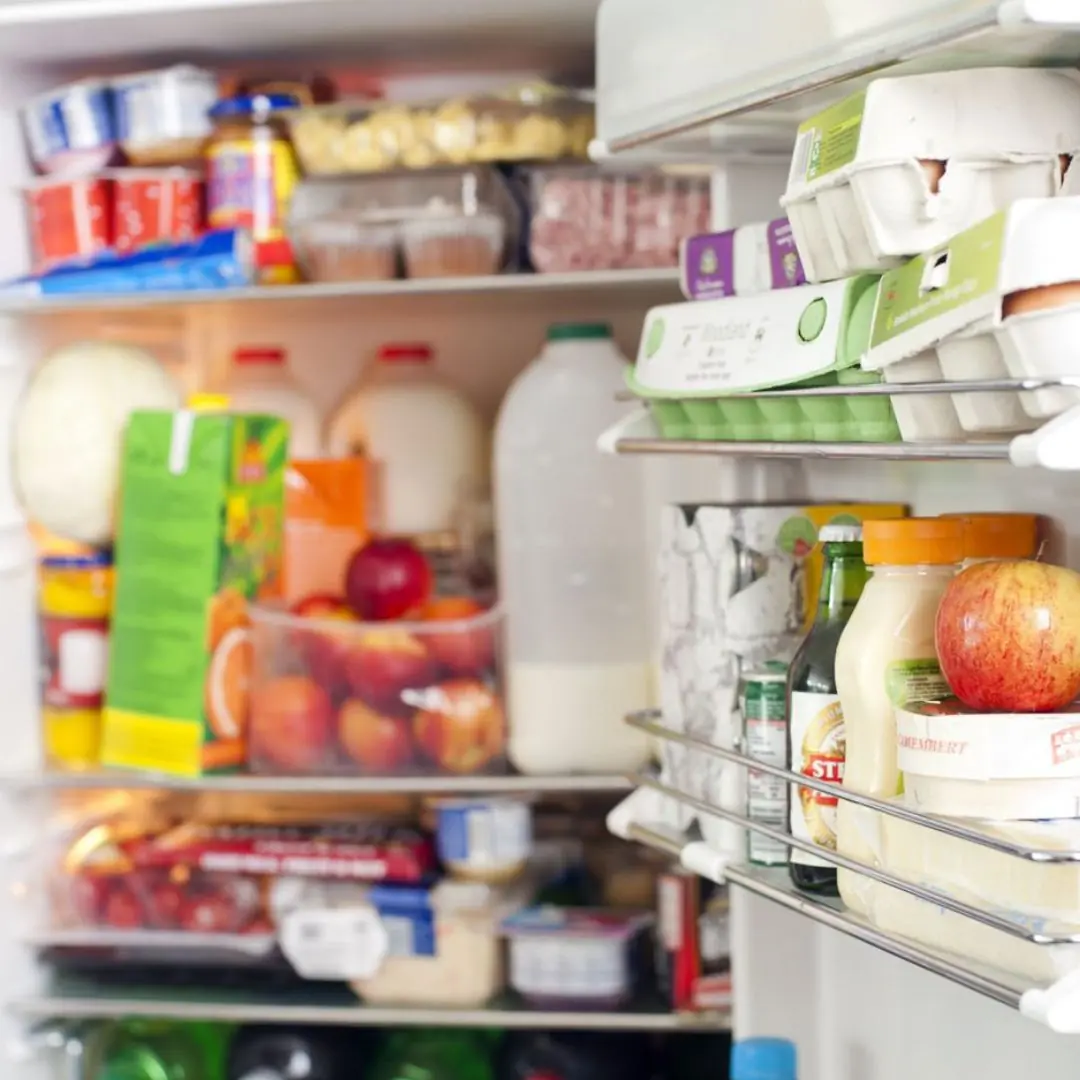
No Fridge? No Problem! 14 Foods That Stay Fresh Without It
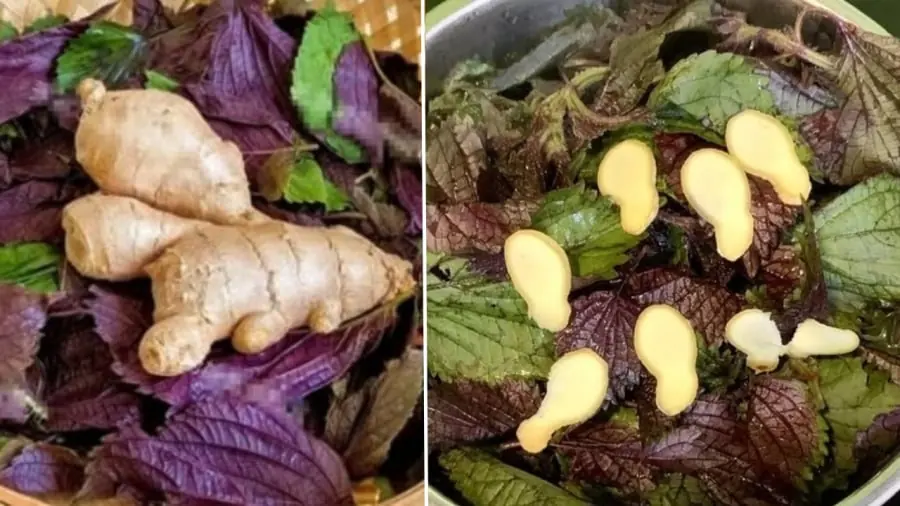
Drinking Perilla Leaf and Ginger Tea Is Better Than Any Tonic

Drinking Plain Water Is Healthier Than Eating These 3 Foods in Summer
